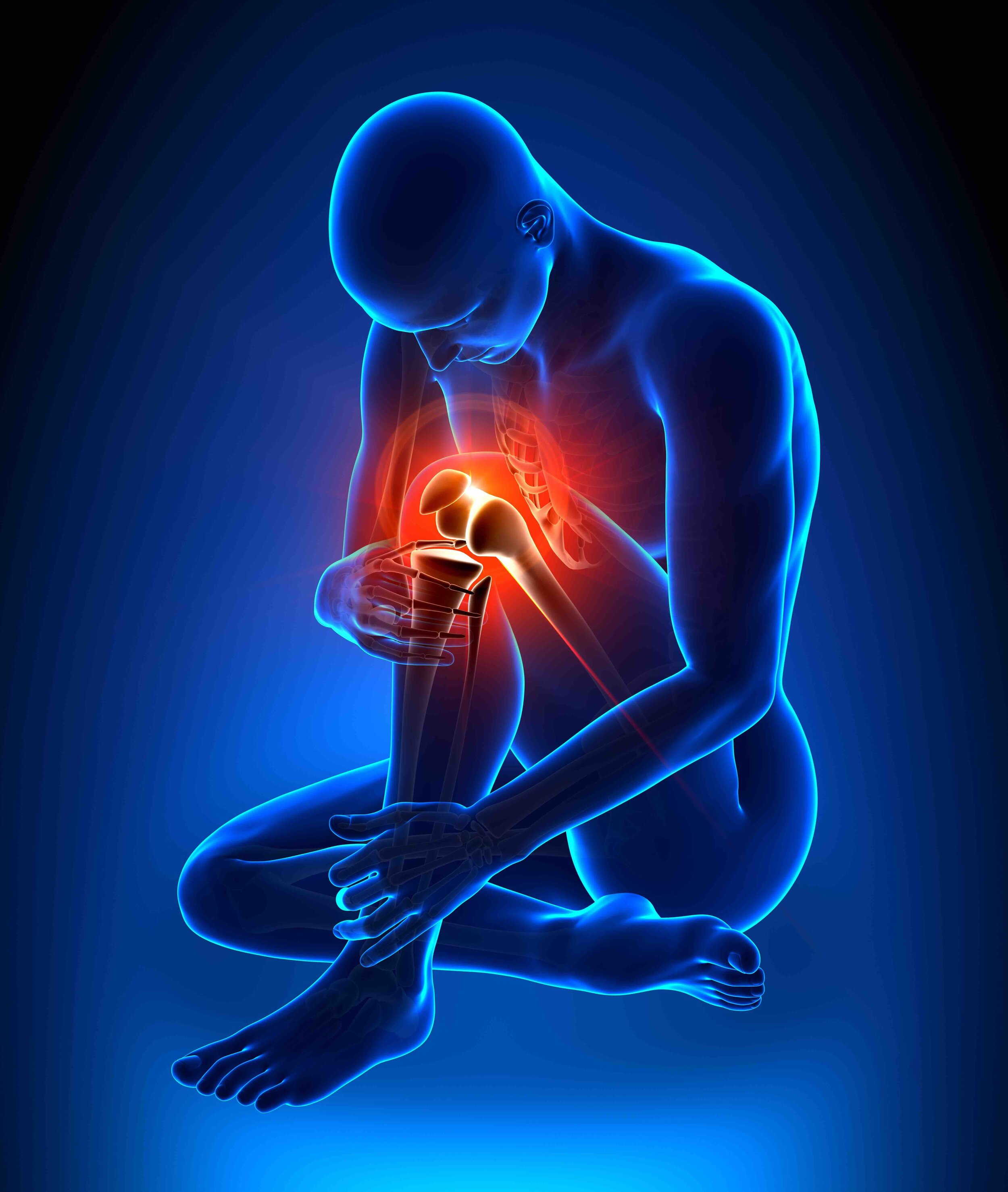
Knee Pain Treatment
Walk better with our non-surgical treatment
Knee pain is a common complaint that is most commonly associated with general wear and tear from age or daily activities. Sports that involve jumping or quick pivoting are also likely to cause knee pain and problems.
Anatomy of the Knee
The knee is a joint that bears a great deal of stress from everyday activities. It is formed of three bones:
Tibia. The shin bone is the larger bone of lower leg
Femur: This is the thigh bone
Patella: This is the knee cap
The end of each bone is covered by a cartilage (such as menisci), a soft tissue that absorbs shock & protects the knee. There are 2 groups of muscles involved in the knee, including the quadriceps muscles (located on the front of the thighs), which straighten the legs, and the hamstring muscles (located on the back of the thighs), which bend the leg at the knee. Tendons are tough cords of tissue that connect muscles to bones. Ligaments are elastic bands of tissue that connect bone to bone.
“I am very fortunate to have found Dr Goswami. It’s refreshing to have a doctor who takes his time to get to know his patients and understands their struggles with the injury and pain level that is involved.”
— KISHORE SEEPERSAUD
What are the common disorders of the Knee?
Many knee problems are a result of the continual wear and stress on the knee joint, usually caused by aging (such as, arthritis). Knee problems can also be caused by a sudden movement that strains the knee. Common knee problems include the following:
Arthritis. Osteoarthritis is a degenerative process where the cartilage in the joint gradually wears away. It often affects middle-age and older people. Osteoarthritis may also be caused by repeated injury or being overweight. Rheumatoid arthritis can often affects persons at an earlier age than osteoarthritis. It can cause the joint to become inflamed resulting in destruction of the knee cartilage.
Torn cartilage. Trauma to the knee can tear the menisci (pads of connective tissue that act as shock absorbers and also enhance stability).
Sprained or strained knee ligaments and or muscles.
Inflammation of the tendons
How do you diagnose knee disorders?
History & Physical examination at the doctor’s office
X-Ray
Magnetic Resonance Imaging if needed
How do you treat disorders of the knee?
Most sprains and strains are usually treated with rest & physical therapy. We also provide non-surgical treatment for chronic conditions such as osteoarthritis. The non-surgical treatment can provide symptomatic pain relief resulting in improved quality of life. The treatments we offer include:
Intraarticular knee injection
Some problems such as tear in the cartilage or bad osteoarthritis might require surgical referral for surgery such as arthroscopy or total knee replacement.
What is Genicular Nerve Block?
Genicular nerve block applies numbing medicine to the network of nerves that supply sensation to the knee joint. If patient gets temporary pain relief , we proceed to Radiofrequency Ablation for long term pain relief
What is Genicular Radiofrequency Ablation (RFA)?
Genicular Radiofrequency Ablation is a technique that uses heat to coagulates the nerve proteins of Genicular nerves, stopping them from functioning and sending pain sensation to the brain.



